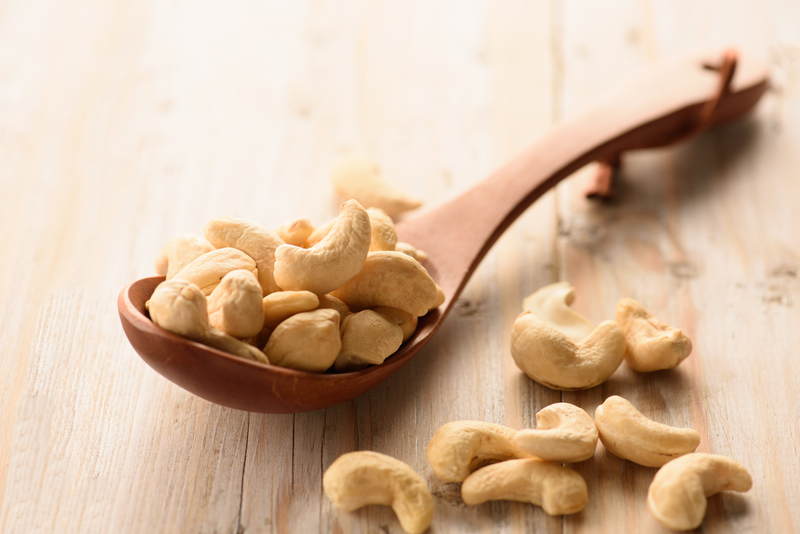In the ever-evolving landscape of the manufacturing industry, the drive towards efficiency and sustainability has never been more crucial. As companies strive to remain competitive while also being environmentally conscientious, reducing waste in manufacturing processes has become a top priority. This article delves into advanced strategies for minimizing waste, ensuring operations are not only cost-effective but also sustainable.
Understanding Manufacturing Waste
Manufacturing waste is a broad category encompassing any materials or activities that do not add value to the product. This waste can be in the form of excess raw materials, energy consumption, or time. Understanding the different types of waste is the first step towards effective waste management.

Types of Manufacturing Waste
- Overproduction: Producing more than what is needed or before it is needed.
- Defects: Products that fail to meet quality standards, requiring rework or scrapping.
- Inventory: Excess products and raw materials not processed in time.
- Motion: Unnecessary movements by workers or machines.
- Transportation: Unnecessary movement of products or materials.
- Waiting: Idle time when resources are not in use.
- Over-processing: Performing more work or using more components than necessary.
Advanced Techniques for Waste Reduction
With a clear understanding of waste types, manufacturers can employ advanced strategies to reduce waste and improve efficiency. Let's explore some innovative approaches that are making waves in the industry.
Lean Manufacturing
Lean manufacturing is a systematic method focusing on minimizing waste without sacrificing productivity. Originating from the Toyota Production System, lean manufacturing principles emphasize delivering value to customers while cutting excess from the production process.
Key Lean Principles
- Value: Understanding what the customer values and aligning production to meet those demands.
- Value Stream Mapping: Analyzing the production flow and identifying areas of waste.
- Flow: Ensuring that the production process runs smoothly without interruptions.
- Pull: Producing only what is needed when it is needed.
- Perfection: Continuously improving the production process to eliminate waste.
Six Sigma
Six Sigma is a data-driven approach aimed at reducing variation in manufacturing processes. By optimizing processes, companies can improve quality and eliminate defects, leading to significant waste reduction.
DMAIC Process
The DMAIC process, which stands for Define, Measure, Analyze, Improve, and Control, is the backbone of Six Sigma. Companies use this methodology to streamline operations and enhance quality.
Benefits of Six Sigma
- Improved Quality: Reduction in defects and variance.
- Cost Savings: Less waste leads to lower production costs.
- Customer Satisfaction: Higher quality products result in happier customers.
Industry 4.0 and Smart Manufacturing
The advent of Industry 4.0, characterized by automation and data exchange in manufacturing technologies, has paved the way for smart manufacturing solutions aimed at reducing waste at all levels.
Internet of Things (IoT)
The integration of IoT in manufacturing allows for real-time tracking of processes, from material procurement to product delivery. This level of detail helps in minimizing waste and optimizing the entire supply chain.
Predictive Maintenance
Through predictive maintenance, manufacturers can use data analytics to predict equipment failures before they occur, preventing downtime and reducing waste related to machine malfunctions.
Artificial Intelligence and Machine Learning
- Process Optimization: AI can analyze vast amounts of data to find inefficiencies in production processes.
- Quality Control: Machine learning algorithms can detect defects at levels unachievable by human inspectors.
- Supply Chain Efficiency: AI can optimize logistics, ensuring materials and products move efficiently from point A to point B.

Create a Culture of Continuous Improvement
One of the most effective ways to sustain waste reduction is by fostering a culture of continuous improvement among employees. Engagement, training, and empowerment are key to nurturing such an environment.
Employee Engagement
Engaging employees in the waste reduction process can lead to innovative solutions that management may overlook. Employees should be encouraged to share their insights and be a part of the problem-solving process.
Ongoing Training
Providing ongoing training ensures that employees are up-to-date with the latest waste reduction strategies and technologies. This can dramatically impact the efficiency and effectiveness of waste reduction efforts.
Conclusion
Reducing waste in manufacturing is not a one-time effort but a continuous journey. Advanced approaches such as lean manufacturing, Six Sigma, and leveraging Industry 4.0 technologies provide a comprehensive toolkit for manufacturers looking to minimize waste and improve efficiency. By embracing these strategies and fostering a culture of continuous improvement, manufacturers can look forward to a sustainable and profitable future.
Incorporating these advanced techniques into production processes not only helps in cutting costs significantly but also aids in creating a more sustainable and environmentally friendly manufacturing sector. The journey of trimming manufacturing waste is ongoing, and these strategies serve as guiding lights towards achieving a more efficient and responsible industry.